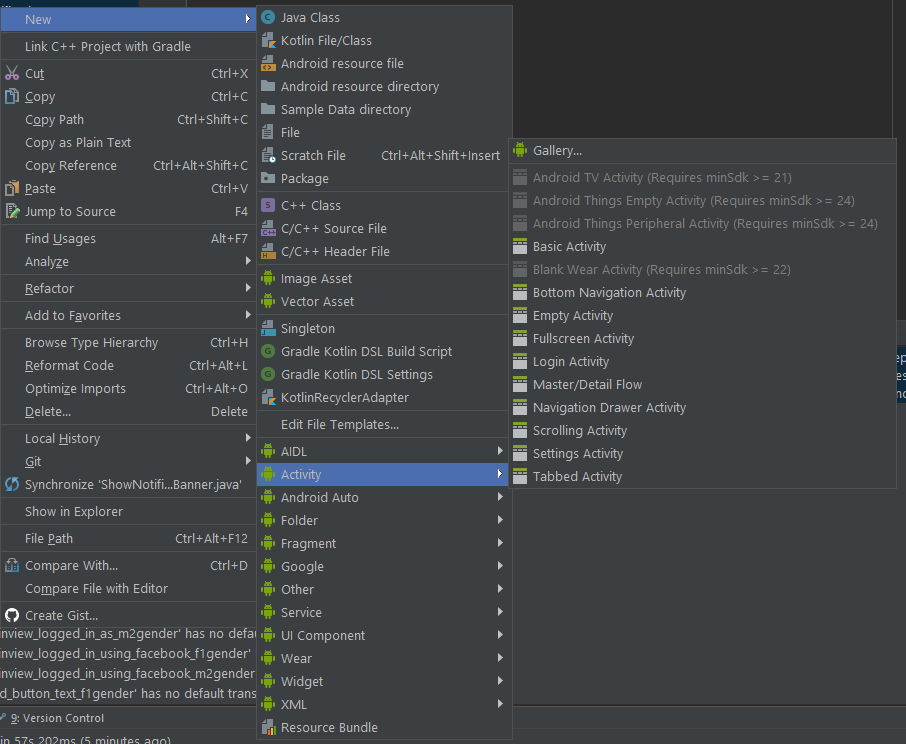My application Reader‘s Diary is on Google Play store for more than 4 years. It was my first more complex application when I started self-learning programming. And you can guess that from some still remaining fragments of horrible code:) I wrote application primarily for myself, I use it whenever I start or finish reading a book. However, during these years it found few hundred active users. As my coding and UI skills improved, so has app, and now it is quite different from it‘s first version. Some poor initial design choices are however still there.
Planning new version
I was quite happy with the previous version. It fulfilled all my needs. Not taking small fix into account, it was in store for 18 months. In the meantime, I got some requests from users. Some wanted to sync their books, some wanted to add book cover pages. Showing cover images was an easy thing. I already have a function to search books by ISBN code using Google Books service so I only needed to save image url from the search result. For sync, I decided to use Firebase.
Continue reading →
